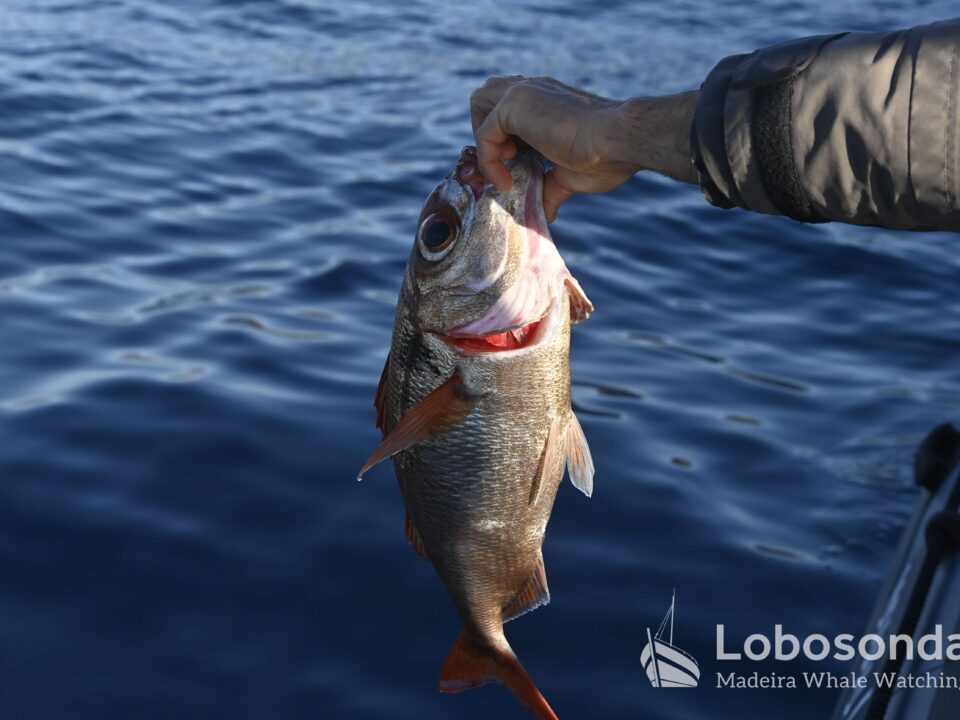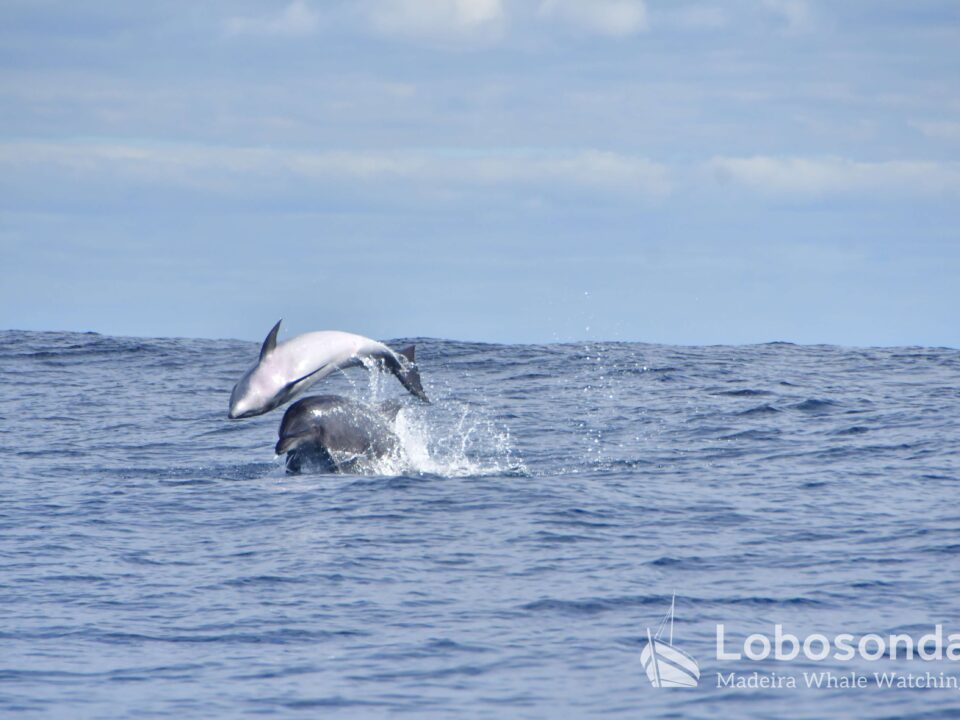
21.09.2024 – Hole in One
September 29, 2024
23.09.2024 – Calm morning
October 1, 2024Today’s trips were dominated by one of our most regularly sighted dolphin species, the Bottlenose dolphin (Tursiops truncatus). We encounter these beautiful, large dolphins often closeby the coast, luckily almost on a daily basis. Some of them have been shown fite-fidelity. That means that some individuals are seen repeatedly over the seasons and years. We can tell them apart by scars on their skin and different shapes of their dorsal fins. Still, they will surely travel plenty of miles between these sightings, always in search of food. Today, some of our trips were even able to spot some calves in the group. It is always a extra surprise and reason to bring joy in everyones face if we see a young dolphin in the group. They look simply adorable (so do the adults as well), but also often lift up their heads a tiny bit more than their mothers, might be a bit more curious, and both energetic and somewhat clumsy. We could spot two calves in the group of dolphins – one much smaller than the other. In fact, one can guess the age of a newborn in a ceteacean. Obvioulsy because of it’s size, but there are other hints. In the first weeks after being born, fetal folds are visible on the dolphins or whales sides. These are a number of lines which are caused by the way the fetus is bent in its mothers womb. It takes some time until they, literally, unfold. in the first days of life, the youngesters also often have very soft dorsal fins and a large head compared to their relatively thin body. Last, newborns are also not very coordinated, which was the case for the smallest member of the group we were able to marvel today. Counting with two calves, it might have been a nursery group, consisting mainly of genetically unrelated females with their calves, in order to better protect each other. Bottlenose dolphins do not spend their lives together in a tight family. After caring for their young for about a year, they will always find new friends (or as scientists call it “casual acquaintances”) to socialize and spend time with. Amazing, as they seem so perfectly well coordinated. Hats off, ladies!
By Sarah Kather
Sightings of the day
Ribeira Brava
09:30 Bottlenose dolphins
13:30 Bottlenose dolphins
Stenella
09:30 Bottlenose dolphins
14:00 Bottlenose dolphins
17:00 Bottlenose dolphins

















